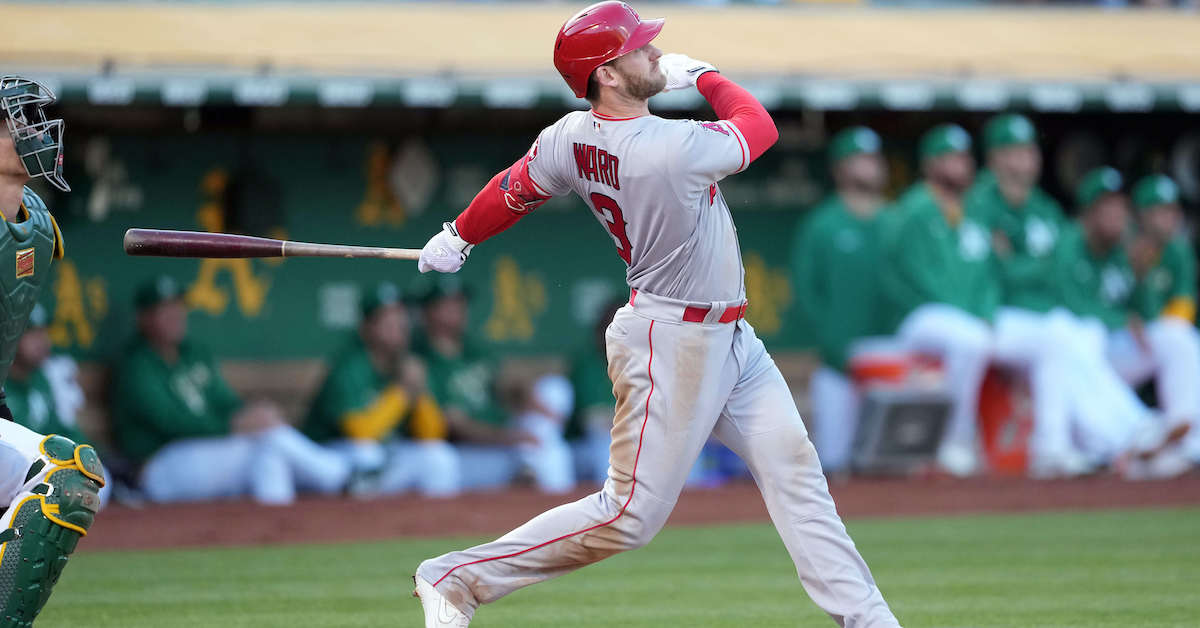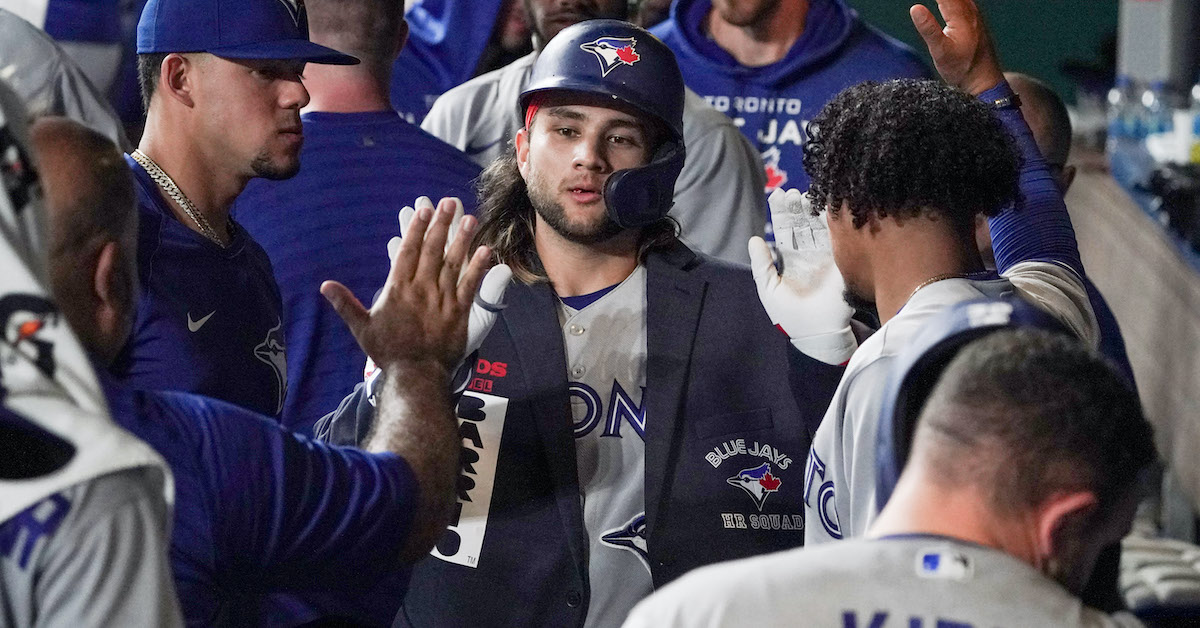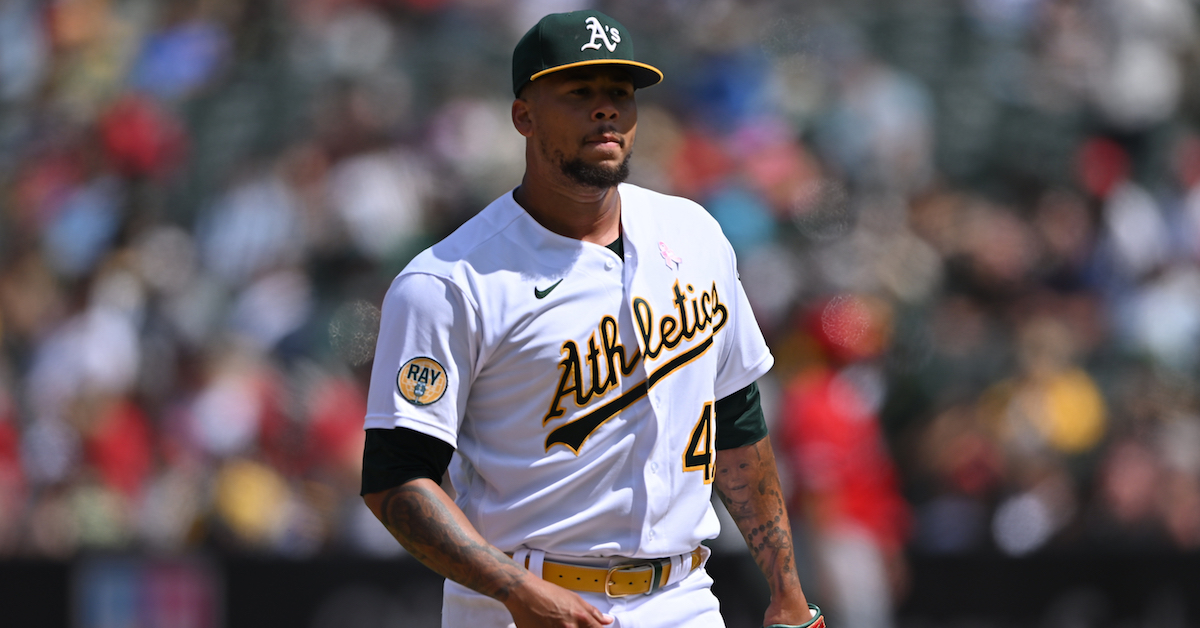Bad Injury News for Ryu and Tatis Jr. Alters Divisional Races

Two major bits of unpleasant injury-related news hit the headlines on Tuesday afternoon. First, the Blue Jays announced that Hyun Jin Ryu, a key cog in the rotation, would undergo elbow surgery that would result in him missing the rest of the entire 2022 season. Over in the NL West, a scheduled CT scan revealed that Fernando Tatis Jr. had not seen enough healing in his wrist to allow him to start swinging a bat. Both of these injuries are of the type that could impact the divisional races.
For both Ryu and the Jays, his sore elbow is a major hit. Jay Jaffe has already touched on the impact to Toronto’s rotation from the loss of Ryu. In his case, there were clear signs of something being not quite right leading up to his initial trip to the shelf. Per Jay:
This is already Ryu’s second trip to the injured list this season. After lasting just 7.1 innings over his first two starts and allowing a total of 11 runs, he landed on the IL on April 17 with what was described as forearm inflammation. Upon returning to the Blue Jays on May 14, he fared somewhat better, yielding just six runs (five earned) in 19.2 innings over four starts, but his average four-seam fastball velocity decreased by about one mile per hour from outing to outing, from a high of 90.3 mph on May 14 to a low of 87.6 on June 1 — a troubling trend.
Back then, the timetable was reported to be at least multiple weeks. Full Tommy John surgery would obviously end Ryu’s 2022 campaign, but we’re far enough into the season that even repair of a partially torn UCL wouldn’t allow him to return in the fall. If he should require the full surgery, his 2023 season would definitely be in peril, with only a late-season return being feasible. He’s a free agent after the 2023 season, too, so there’s a very real possibility that he’s played his last game in a Jays uniform.
I wouldn’t characterize it as good news, but Ryu’s previous Tommy John surgery was a long time ago, undergone in 2004 when he was still in high school, meaning he got most of a professional career out of his first surgery before a possible revision procedure. Unfortunately, in one study, less than half of pitchers needing a second procedure returned to pitch at least 10 games. Read the rest of this entry »






